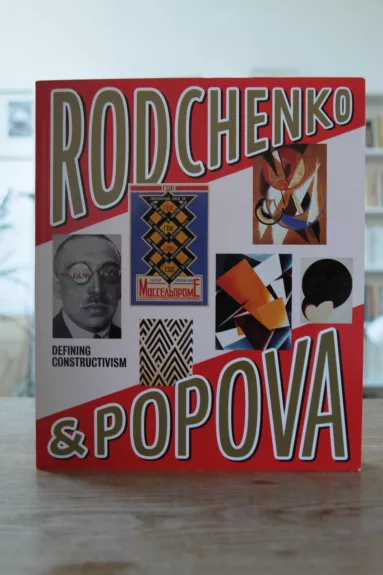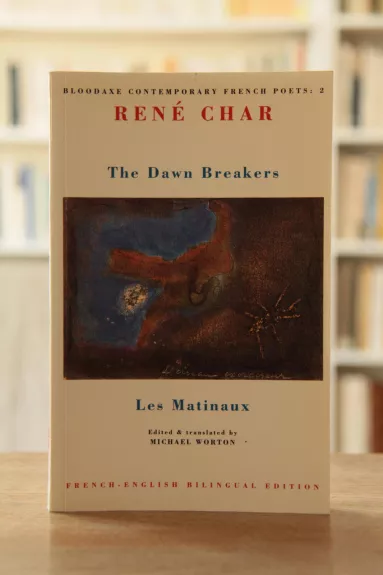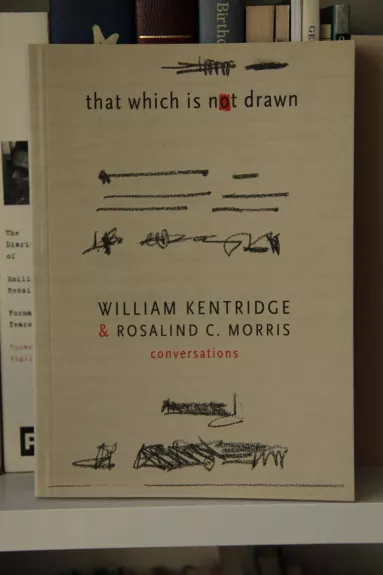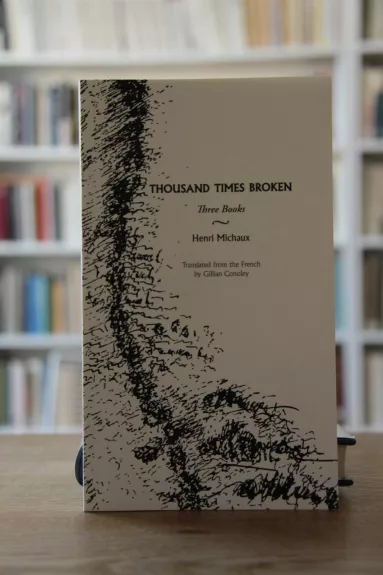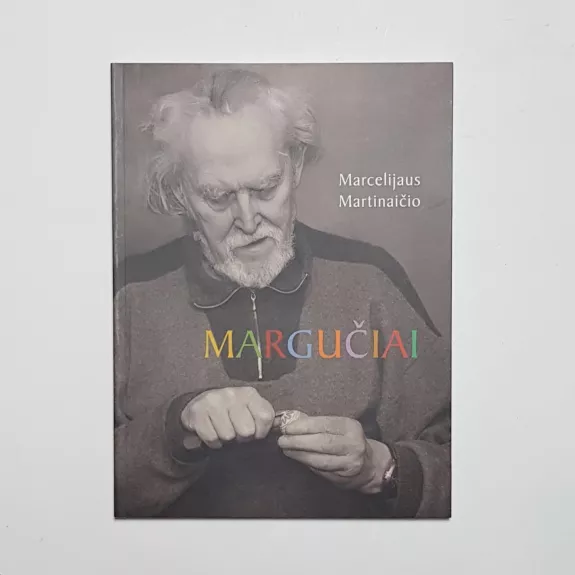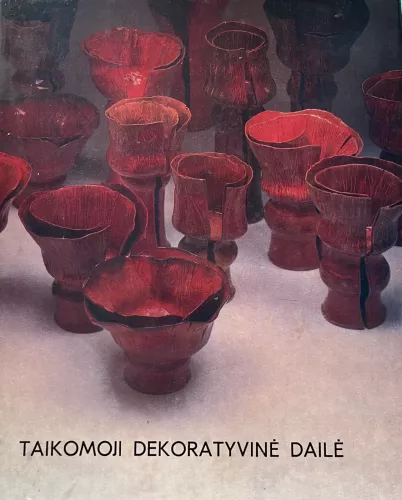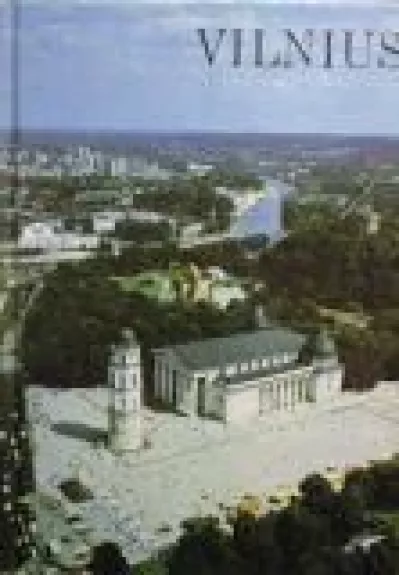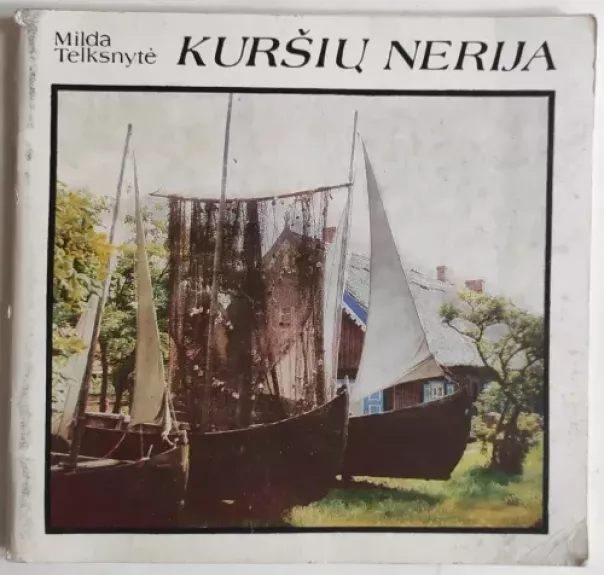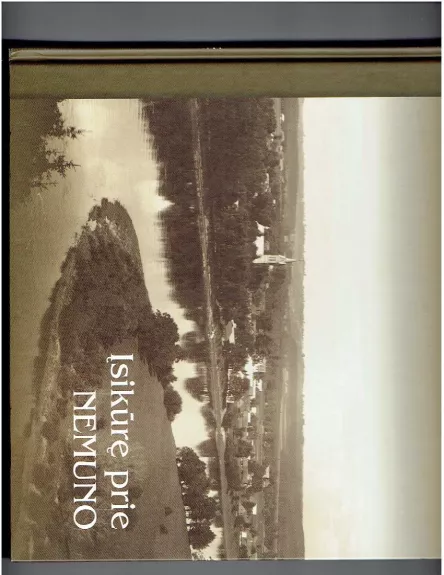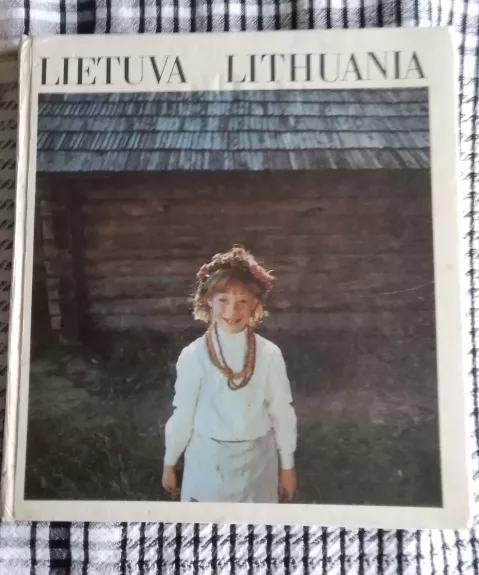



Rodchenko and Popova: Defining Constructivism
Alexander Rodchenko (1891-1956) and Lyubov Popova (1889-1924) were involved in the Russian avant-garde during its most exciting period following the Russian Revolution, as they and other artists took part in the attempt to create a new world. As leading lights in the Constructivist movement they were responsible for an astonishing array of iconic works. This groundbreaking book, the first to give the female and male artist equal status, will throw new light on their achievements and the extent of their influence, still felt today.The book will be in four main sections, each examining the artists' production during a particular time period. Section 1 spans the years from the Revolution in 1917 to 1921, when both artists believed that abstract art had the potential to transform everyday life. Popova was perhaps the leading painter of the Constructivist movement; Rodchenko moved into the field of three-dimensional constructions, under the influence of his friend Tatlin. Section 2 will focus on the legendary 5x5=25 exhibitions and will include works by other participating artists. The third section will cover 1921 to 1924, the year Popova's life was tragically cut short by scarlet fever. This was the period when both artists came to believe that art for art's sake was parasitical and plunged into the practical realms of artistic production. Illustrations of their projects will demonstrate the extent of their influence on twentieth-century graphic design, fashion, media, theatre and cinema. Section 4 follows Rodchenko's move into photography, the medium for which he is perhaps best remembered, and explores his involvement with film.An examination of the lives and work of these two artists along with their extensive network of colleagues and collaborators provides a key to the whole Constructivist project. For the first time the issue of gender is explored; is there a difference between the approach of a female Constructivist and a male one? The authors' surprising conclusions and the wealth of new scholarship and previously unpublished works it includes make this book indispensable to all those wishing to learn more about the art of this fascinating period.

